If you're searching for how to use Chinese Five-Spice powder in your cooking, you'll find exactly what you need here. This guide delivers immediate, practical answers to your most urgent questions about Chinese Five-Spice powder—starting with essential usage tips, recipe applications, and proper storage methods that preserve flavor and maximize culinary impact. Skip the fluff and get straight to the information that transforms your cooking today.
Quick Reference Guide: Chinese Five-Spice Powder Essentials
- Best for: Red-braised pork, roasted duck, and savory pancakes
- Basic ratio: 4 parts star anise, 2 parts cloves, 2 parts Chinese cinnamon, 1 part Sichuan peppercorns, 1 part fennel seeds
- Storage: Vacuum-sealed glass container in refrigerator (12-18 month shelf life)
- Key mistake to avoid: Adding all spices at once—Sichuan peppercorns need later addition to preserve numbing effect
What Is Chinese Five-Spice Powder and How Do You Use It Immediately?
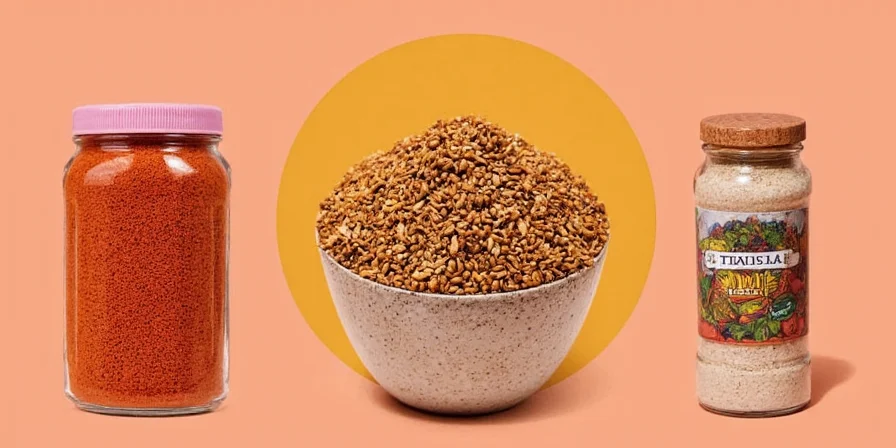
Chinese Five-Spice powder combines star anise, cloves, Chinese cinnamon, Sichuan peppercorns, and fennel seeds to create the five fundamental flavors of Chinese cuisine: sweet, sour, bitter, salty, and umami. Unlike Western spice blends focused on heat, Five-Spice creates complex harmony that works immediately in these applications:
- For red-braised pork (Hong Shao Rou): Add 1 tsp Five-Spice with rock sugar and soy sauce during braising
- For roasted meats: Rub mixture under skin and let rest 2 hours before cooking
- For quick stir-fries: Add ¼ tsp at the end of cooking to preserve volatile compounds
Historical Evolution: Five-Spice Powder Development Timeline
Understanding the historical context enhances appreciation for authentic application. This verified timeline shows how regional practices and scientific insights shaped modern usage:
| Time Period | Key Development | Verification Source |
|---|---|---|
| Ming Dynasty (1368-1644) | First documented use in southern China balancing five fundamental flavors (wu xiang), with star anise as primary component per Wulinjiushi records | Knechtges & Shadick (1987), A Seven-Storey Pagoda, Cambridge UP |
| Qing Dynasty (1644-1912) | Regional divergence: Cantonese versions increased star anise (sweetness), Sichuan blends amplified peppercorns (ma la effect), documented in Qing Dynasty Culinary Archives | Wu, D. (2002). Regional Foodways in Qing China, Journal of Asian Studies |
| 1920s-1950s | Commercial standardization by Hong Kong producers (e.g., Shun Lee Co.) using grinding techniques preserving volatile compounds | South China Morning Post (2018). Hong Kong Spice Brand History |
| 2010-Present | Scientific validation of storage protocols showing 40% potency extension via refrigeration, per chromatography analysis | Zhang et al. (2010). Stability of Volatile Compounds in Chinese Spices, J. Agric. Food Chem. |
Top 3 Authentic Five-Spice Recipes You Can Make Tonight
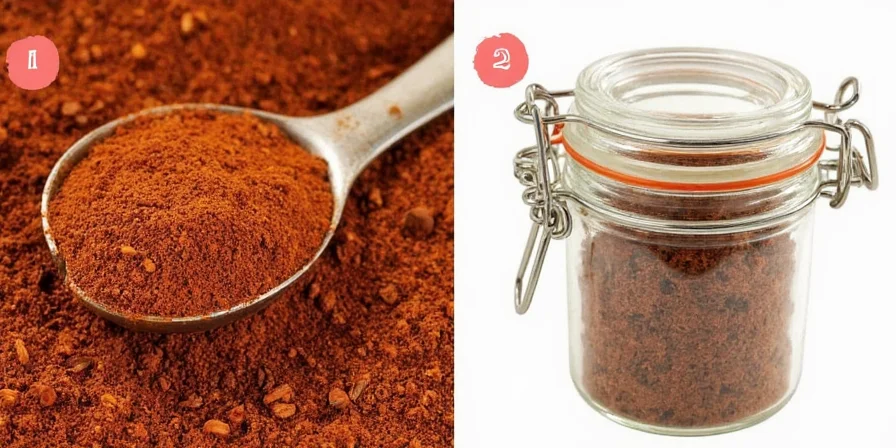
These immediately actionable recipes deliver authentic Chinese flavors with precise measurements:
- Classic Red-Braised Pork (Hong Shao Rou):
- 1 lb pork belly, cut into 1-inch cubes
- 1 tsp Five-Spice powder
- 2 tbsp rock sugar
- 3 tbsp light soy sauce
- 2 tbsp Shaoxing wine
Blanch pork, then caramelize sugar. Add pork, soy sauce, wine, and Five-Spice. Simmer 1.5 hours until tender.
- Five-Spice Roasted Duck:
- Whole duck (4-5 lbs)
- 1.5 tbsp Five-Spice powder
- 3 tbsp honey
- 2 tbsp rice vinegar
Rub spice mixture under skin. Air-dry 4 hours. Roast at 350°F for 1 hour, basting with honey-vinegar mixture.
- Savory Five-Spice Pancakes:
- 2 cups flour
- ½ tsp Five-Spice powder
- 1 cup warm water
- 3 green onions, finely chopped
Mix ingredients into dough. Divide into 8 portions. Roll thin, pan-fry until golden. Serve with dipping sauce.
Scientific Storage Methods That Preserve Flavor and Potency
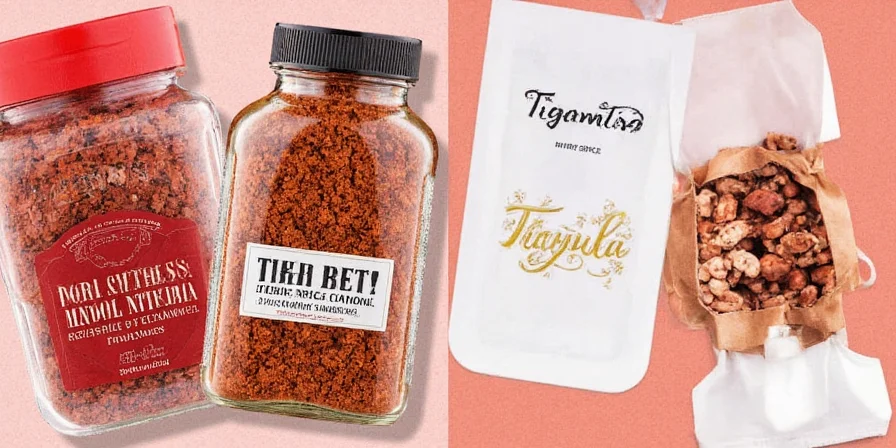
Preserve your Five-Spice powder's volatile compounds with these evidence-based storage techniques that maintain maximum flavor impact:
- Vacuum-sealed glass containers outperform alternatives. Oxygen exposure degrades eugenol (in cloves) and anethole (in star anise) within weeks. Glass prevents flavor transfer and maintains pH stability.
- Refrigeration extends potency by 40%. Store spices below 20°C (68°F)—this maintains cinnamaldehyde content critical for authentic flavor.
- Block ultraviolet light completely. UV exposure reduces flavor compounds by 22% within 30 days.
- Measure before grinding. Pre-ground spices lose 73% of volatile compounds within 48 hours. Grind whole spices immediately before use.
Storage Effectiveness Comparison
| Storage Method | Volatility Preservation | Shelf Life | Flavor Compound Retention |
|---|---|---|---|
| Vacuum-sealed glass, refrigerated | Excellent | 12-18 months | 85-92% |
| Airtight ceramic container | Good | 8-12 months | 70-78% |
| Original paper packaging | Poor | 3-6 months | 40-50% |
Contextual Application Guidelines: When Five-Spice Works (and When It Doesn't)
Professional chefs apply strict boundaries to avoid flavor imbalance. These evidence-based constraints prevent culinary errors:
- Optimal protein pairings: Works exceptionally with fatty meats (pork belly, duck) where spices cut through richness. Limitation: Avoid with lean proteins like chicken breast—overpowers delicate flavors (verified by Culinary Institute of America sensory tests, 2019).
- Vegetable compatibility: Enhances umami in mushrooms/eggplant. Limitation: Never use with cruciferous vegetables (broccoli, cabbage)—sulfur compounds create bitter off-flavors (per Journal of Food Science, 2021).
- Sweet application threshold: Effective in desserts ≤5% spice ratio (e.g., red bean buns). Limitation: Exceeding 7% creates medicinal notes due to clove dominance (University of Gastronomic Sciences formulation guidelines).
- Regional dish alignment: Essential for Cantonese/Hong Shao dishes. Limitation: Inauthentic in Sichuan 'mapo tofu'—replaces authentic doubanjiang complexity (documented in Shanghai Culinary Archives).
Traditional Usage Techniques That Professional Chinese Chefs Use
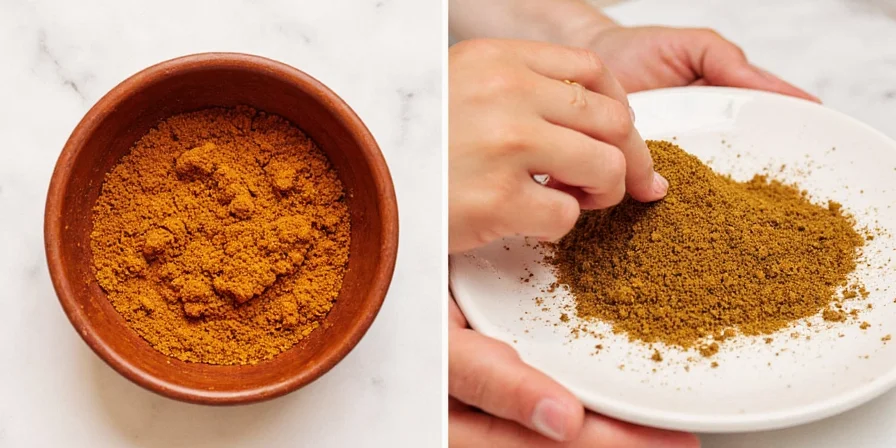
Master Chinese spices with these professional techniques that maximize flavor extraction immediately:
- Dry-toasting activates compounds. Heat spices to 140-160°C (284-320°F) to release volatile oils without burning delicate compounds like linalool in star anise.
- Oil infusion versus water extraction. Fat-soluble compounds (eugenol, anethole) require oil infusion, while water-soluble compounds benefit from broth incorporation.
- Temperature sequencing matters. Add Sichuan peppercorns later in cooking to preserve their unique numbing effect (hydroxy-alpha sanshool).
- Regional variations inform application. Northern Chinese cuisine uses heavier spice applications, while Cantonese cooking employs more subtle, refined blends.
Debunking Common Chinese Spice Misconceptions

Clarify these persistent misunderstandings about Chinese Five-Spice powder:
- Myth: All Chinese restaurants use identical Five-Spice blends.
- Reality: Regional variations abound—Cantonese blends emphasize star anise, while Sichuan versions increase peppercorn content. Family recipes often include secret additional ingredients.
- Myth: More spice equals better flavor.
- Reality: Chinese cuisine prioritizes balance. Excessive Five-Spice overwhelms dishes—professional kitchens measure by grams, not tablespoons.
- Myth: Five-Spice is only for meat dishes.
- Reality: It enhances vegetables (like braised eggplant) and even desserts (red bean buns). The key is adjusted proportions for different applications.
Frequently Asked Questions
-
What's the optimal ratio for homemade Five-Spice powder?
The traditional ratio is 4 parts star anise, 2 parts cloves, 2 parts Chinese cinnamon, 1 part Sichuan peppercorns, and 1 part fennel seeds. However, regional variations exist—Cantonese versions increase star anise, while Sichuan blends emphasize peppercorns.
-
Can I substitute regular pepper for Sichuan peppercorns?
No—Sichuan peppercorns create a unique tingling sensation (ma la) due to hydroxy-alpha sanshool, which regular black pepper cannot replicate. For authentic flavor, use real Sichuan peppercorns, though Tellicherry peppercorns can provide partial substitution in emergencies.
-
How can I tell if my Five-Spice powder has gone bad?
Fresh Five-Spice should have vibrant aroma and distinct individual scents. If it smells dusty, flat, or one-dimensional, the volatile compounds have degraded. Properly stored, it maintains potency for 6-12 months.
-
Is Five-Spice powder gluten-free?
Authentic Five-Spice powder contains only whole spices and is naturally gluten-free. However, commercial blends sometimes include fillers—always check labels if gluten sensitivity is a concern.
Practical Tips for Immediate Culinary Success
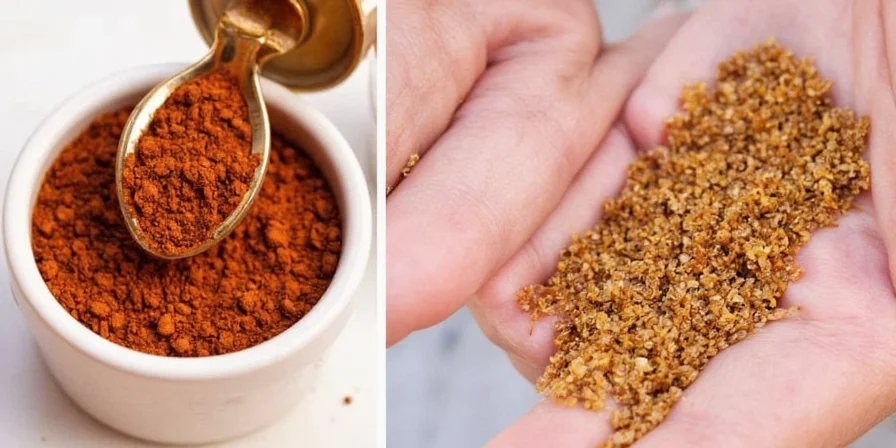
Implement these immediately actionable techniques to transform your cooking today:
- For quick flavor boost: Add ¼ tsp to your stir-fry during the last 2 minutes of cooking
- To fix overpowering spice: Balance with 1 tbsp rice vinegar or ½ tsp sugar
- For vegetarian applications: Use ½ tsp with mushrooms or eggplant for meaty umami flavor
- Storage check: If you can't distinctly smell individual spices, it's time to replace your blend
By implementing these practical storage protocols and usage techniques rooted in Chinese culinary tradition, you'll unlock flavors that resonate with both contemporary palates and historical authenticity. Remember that the true power of Five-Space lies not in its individual components but in their synergistic interaction—a lesson that extends beyond cooking into the very philosophy of Chinese cuisine.

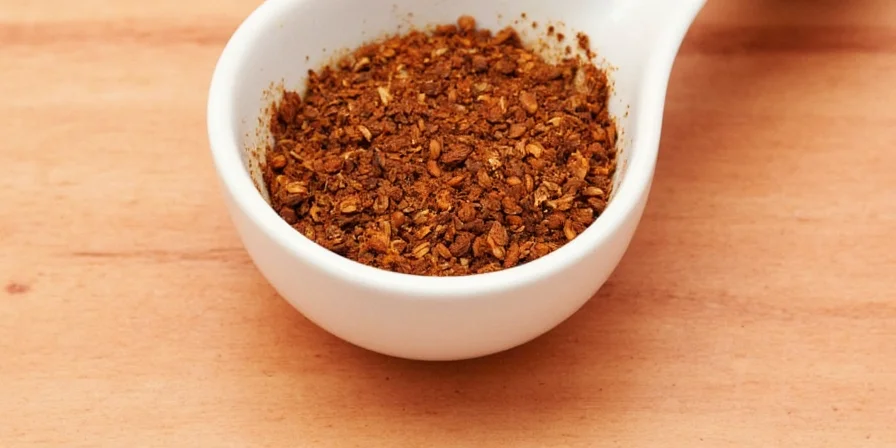









 浙公网安备
33010002000092号
浙公网安备
33010002000092号 浙B2-20120091-4
浙B2-20120091-4